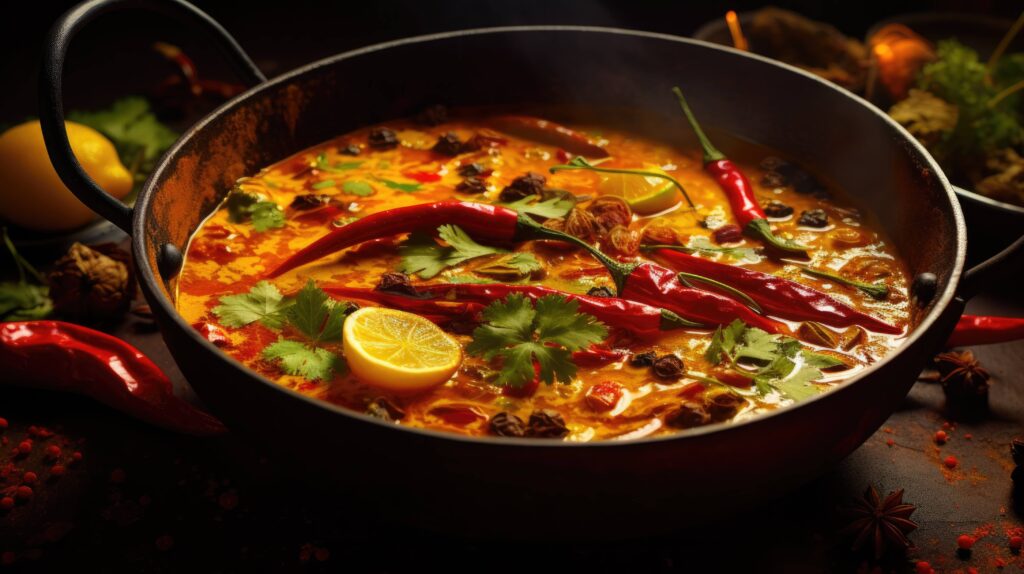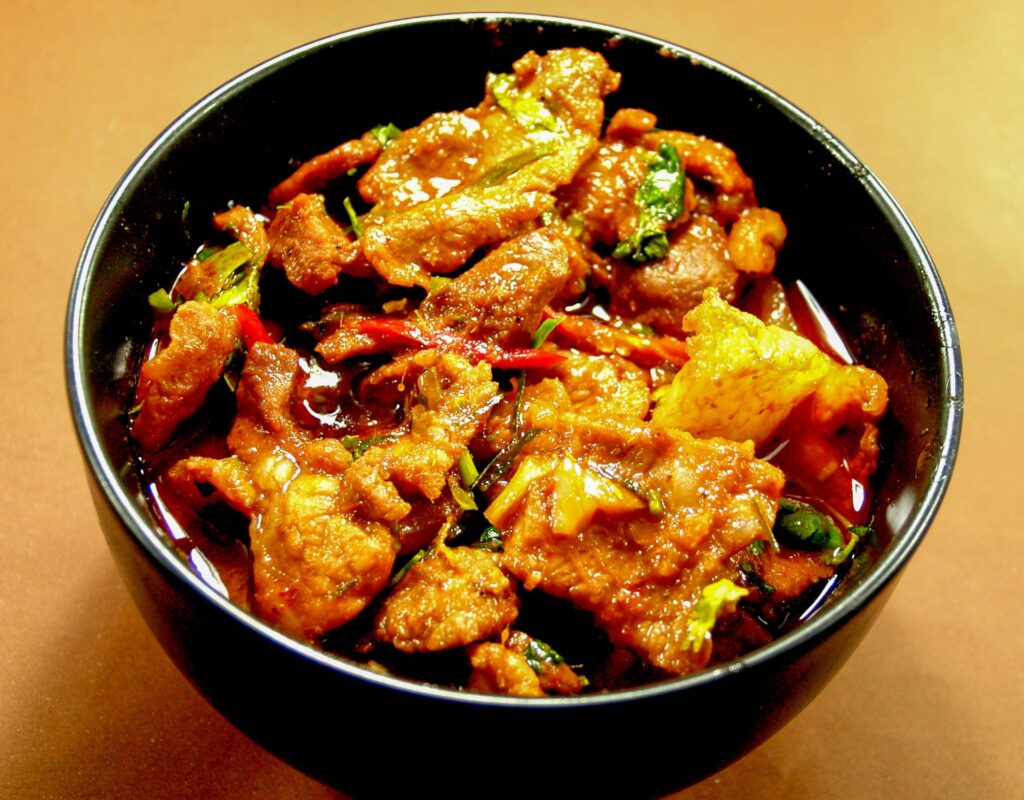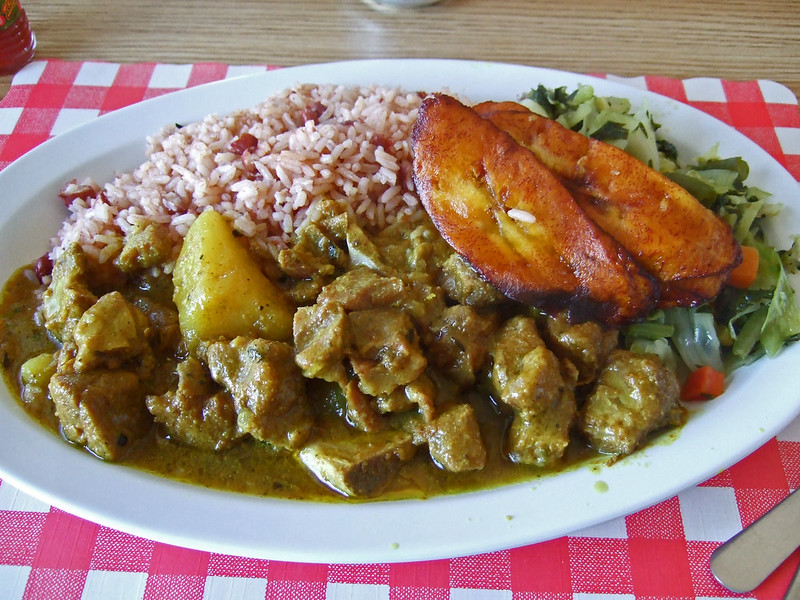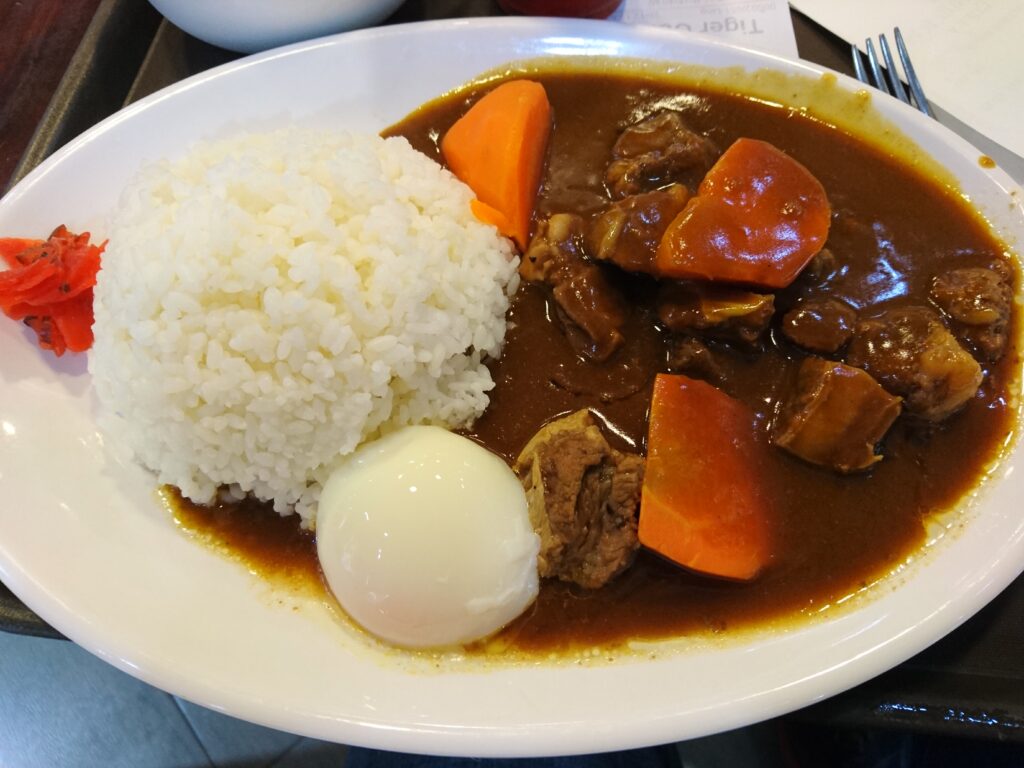Curry, with its aromatic blend of spices and diverse regional variations, is a culinary masterpiece that transcends borders and tells the story of cultures across the world. From India to Thailand, the Caribbean to Japan, curry has captured the hearts and taste buds of millions. In this article, we’ll embark on a flavorful journey through the rich history and global significance of curry, exploring its origins, evolution, and the delightful experiences it offers.
Curry: A Tale of Origin and Evolution
The word “curry” itself is believed to have its roots in the Tamil word “kari,” which means a spiced sauce. While the concept of curry is most commonly associated with India, it’s essential to recognize that curry takes on an array of unique forms in various regions, each reflecting the local culture, ingredients, and culinary traditions.
Indian Curry: Where It All Began
India is the birthplace of curry, and its influence on the global culinary scene cannot be overstated. Indian curries are known for their diverse and complex flavors, crafted from a mix of spices like cumin, coriander, turmeric, and cardamom. The choice of ingredients varies by region, with some areas favoring vegetables and lentils, while others embrace meats like chicken, lamb, and goat.

The regional diversity of Indian curry is evident in classics like Rogan Josh from Kashmir, a fiery lamb curry, and Kerala’s aromatic and coconut-infused fish curries. Many Indian families have their treasured recipes, passed down through generations, ensuring that each curry is a labor of love.
Thai Curry: A Symphony of Flavors
In Thailand, curry takes on a character all its own. Thai curries are known for their bold flavors, often incorporating ingredients like lemongrass, galangal, and Thai basil. The use of coconut milk in Thai curries adds a luxurious creaminess that balances the intense heat from chilies.

There are several types of Thai curry, including the vibrant red, green, and yellow curries, each featuring a unique blend of spices and herbs. The red curry, for instance, gets its fiery hue from red chilies and is famous for its sweet and spicy flavor profile. Thai curries are often paired with a range of proteins, from chicken and shrimp to tofu and vegetables.
Caribbean Curry: An Island Twist
The Caribbean is home to a distinctive style of curry influenced by the region’s diverse history, including Indian and African traditions. Caribbean curry is characterized by its use of spices like allspice, cumin, and scotch bonnet peppers, which contribute to a fiery and robust flavor.

One popular Caribbean dish is “roti,” which consists of curried meat or vegetables wrapped in a soft, unleavened flatbread. Trinidad and Tobago, in particular, is celebrated for its roti and vibrant curry culture.
Japanese Curry: The Comfort Food
In Japan, curry has been adapted into a milder, comforting dish known as “kare raisu” (curry rice). Introduced by the British Navy in the late 19th century, Japanese curry is quite different from its Indian and Thai counterparts. It is typically made with a pre-packaged curry roux, often containing ingredients like apple and honey for sweetness.

Japanese curry is a beloved comfort food, often prepared with chunks of meat (beef, pork, or chicken) and served over a bed of white rice. Its smooth and hearty consistency makes it a favorite among people of all ages, and it’s commonly found on the menu at Japanese households and restaurants.
Curry in the World: A Culinary Passport
One of the most remarkable aspects of curry is its ability to adapt and integrate into the culinary tapestry of various nations. This versatility has allowed curry to earn a spot at the dinner table in countless homes worldwide. It serves as a bridge between cultures, uniting people through the shared love of its complex flavors.
Whether you’re indulging in a spicy chicken vindaloo in Goa, a rich and creamy massaman curry in Thailand, or a fiery jerk chicken curry in the Caribbean, you’re experiencing the rich history and diverse influences that make each curry unique. These dishes allow us to explore the world without leaving our own neighborhoods, providing a delightful and immersive travel experience on a plate.
The Joy of Making Curry at Home
While sampling curry from restaurants and street vendors around the world is undoubtedly an exciting culinary adventure, making curry at home can be equally rewarding. It allows you to tailor the dish to your personal preferences and explore different regional variations. Plus, the process of toasting and grinding spices, simmering aromatic ingredients, and witnessing the transformation of individual components into a harmonious whole is a deeply satisfying and educational experience.
The fragrance of a pot of simmering curry wafting through your kitchen can transport you to distant lands and evoke a sense of wanderlust even from the comfort of your own home. Sharing a home-cooked curry with friends and family is a delightful way to spread the love of travel, culture, and cuisine.
Curry – A Global Gastronomic Treasure
Curry is more than just a dish; it’s a cultural ambassador that transcends borders and tells the stories of diverse lands and traditions. It’s a culinary journey that invites us to explore, appreciate, and celebrate the beauty of our multicultural world. So whether you’re a novice or an expert, savoring the aromatic complexities of a perfectly prepared curry is an invitation to partake in the rich tapestry of global flavors that unite us all.
